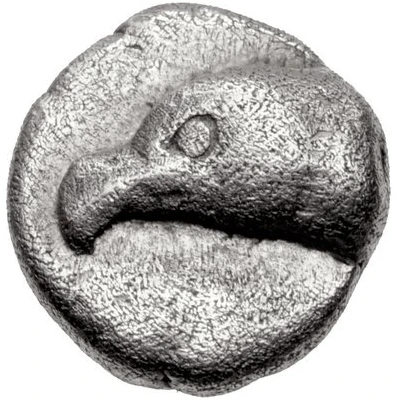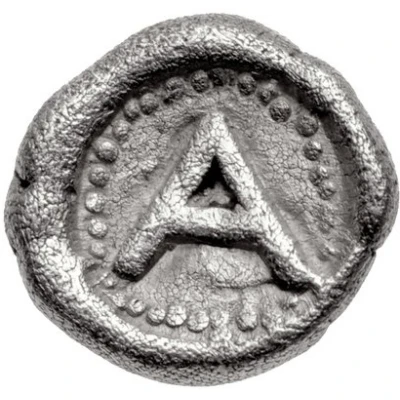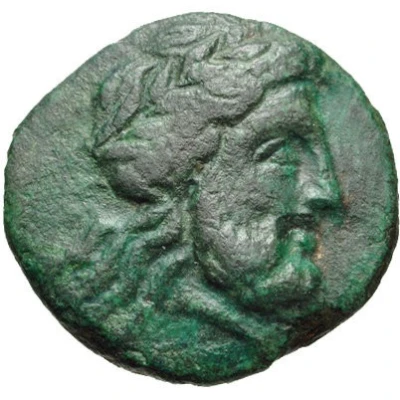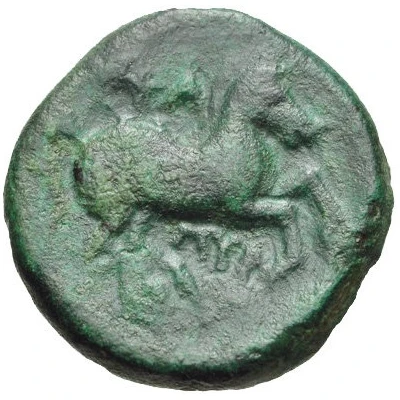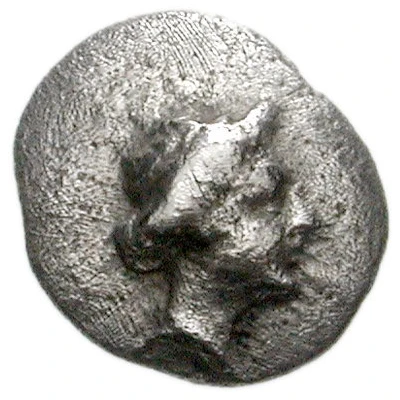
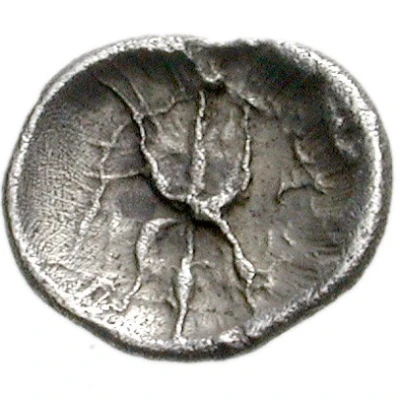

© Classical Numismatic Group, Inc.
Hemiobol - 107th-108th Olympiad 356 BC - 352 BC
| Silver | 0.41 g | 7.0 mm |
| Issuer | Olympia (Elis) |
|---|---|
| Type | Standard circulation coin |
| Years | 356 BC - 352 BC |
| Value | Hemiobol (1⁄12) |
| Currency | Drachm |
| Composition | Silver |
| Weight | 0.41 g |
| Diameter | 7.0 mm |
| Shape | Round (irregular) |
| Technique | Hammered |
| Demonetized | Yes |
| Updated | 2024-10-09 |
| Numista | N#177460 |
|---|---|
| Rarity index | 100% |
Reverse
Thunderbolt
Interesting fact
The Hemiobol coin was used as a form of currency in ancient Greece during the 107th-108th Olympiad (356 BC - 352 BC). It was made of silver and weighed 0.41 grams. Despite its small size, the coin held significant value and was used for everyday transactions. In fact, the Hemiobol was the smallest denomination of currency used in ancient Greece, and it was often used to purchase small items like food or other household goods. Today, the Hemiobol coin is a rare and valuable collector's item, offering a glimpse into the economic and cultural practices of ancient Greece.
